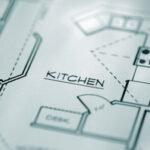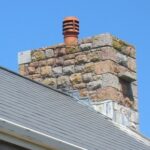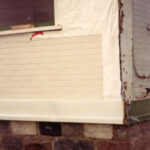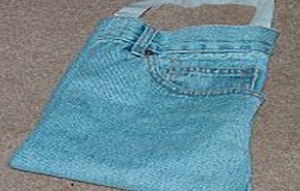Two of the likeliest leading deficiencies when purchasing an older home are inadequate kitchen and bathroom areas. Unfortunately for the bargain conscious home buyer, these areas are also the most expensive to renovate. When two major remodeling are needed to make a home livable, it makes other small repairs such as roofing, siding, proper insulation, and caulking much more influential when it comes to buying.
The following is a summary of some additional common flaws to look for when considering an older home purchase:
Inadequate wiring
Wiring inadequate for modern electrical appliances and electricity demand is a widespread flaw in many older homes. There should be 240 volt, 100, 150, or 200 ampere service to the home depending on its size. Look for plenty of grounded electrical outlets, switches, and lighting fixtures throughout the house. Keep in mind that if wiring needs replaced, not only will you have to pay for the new wiring but also installation over a potential multi-day period.
Termite damage and wood rot
These problems can occur in houses only five or ten years old and may be hard to detect without the aid of an expert. If possible, have the house looked over by a professional before buying or request that the seller provide proof of such an inspection.
Older heating system
Energy-efficient heating systems are standard in new homes, but are not typically present in an older home that has yet to be updated. Find the cost of a new heating system for the house based on the number of rooms and the overall square footage.
Sagging structure
In this case, the foundation may have settled over the years, wrenching the house out of joint, or the support beams have given way due to wood rot. Check the doors for a good fit within their respective framework. Any sloping of the floors or staircases should be looked at carefully.
Poor Plumbing
Some common troubles associated with the house plumbing system are low water pressure. To perform a quick water pressure check, turn on an upper floor tap and then flush the toilet at the same time. The water provider for the area can verify if the area pressure is up to standard should poor pressure be blamed on the water service.
Roof and Gutters
Know what kind of roof the house has and how old it is. Typically, an asphalt shingle or built-up roof on a flat or low slope may be in need of repairs if it is 10 or 15 years old. A good roof will be even and uniform in appearance.
Inadequate insulation
Houses constructed since 1955 have both wall and ceiling insulation installed, but it might not be enough. Some settling of wall insulation could occur along with moisture and be in need of replacement. New advances in insulation materials are always a good investment and should be looked into when considering an older home.
Older water heating tanks can be the source of several problems. A build-up of mineral deposits can cause a shortage of hot water and damage the tank itself. Look for an installation tag to help determine the age and capacity of the tank. If it is gas operated, look at the condition of the pipes. Electric models should be wired securely with no exposed connections.
The location of a house, its climate zone, or other special conditions peculiar to the area can be the tip-off to certain flaws. Be optimistic, but also be observant and ask questions before the purchase.
Remember, always work safely.







